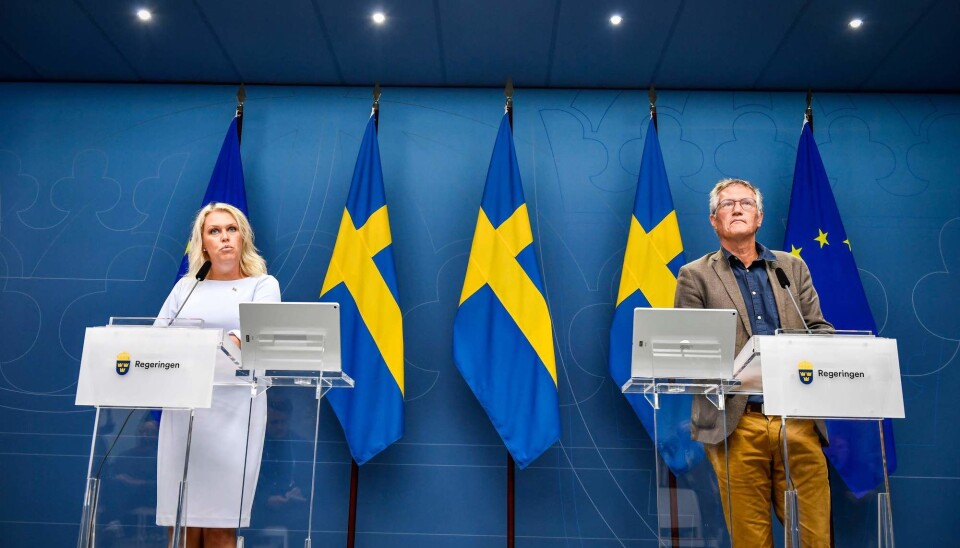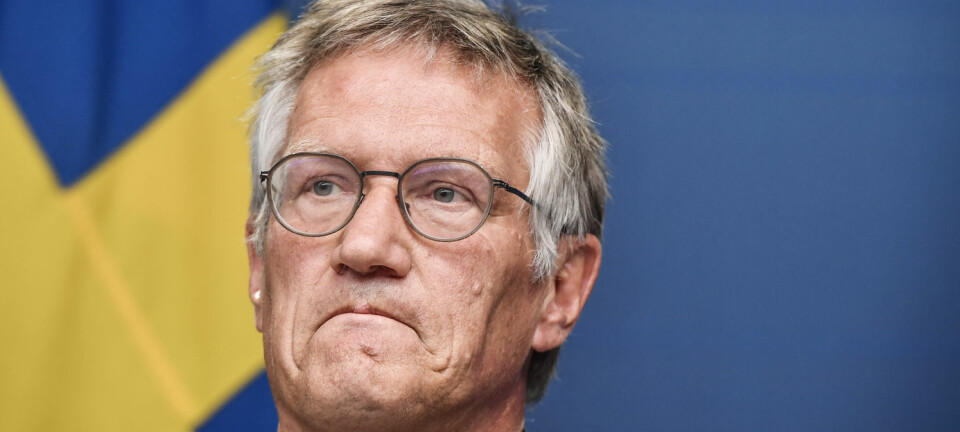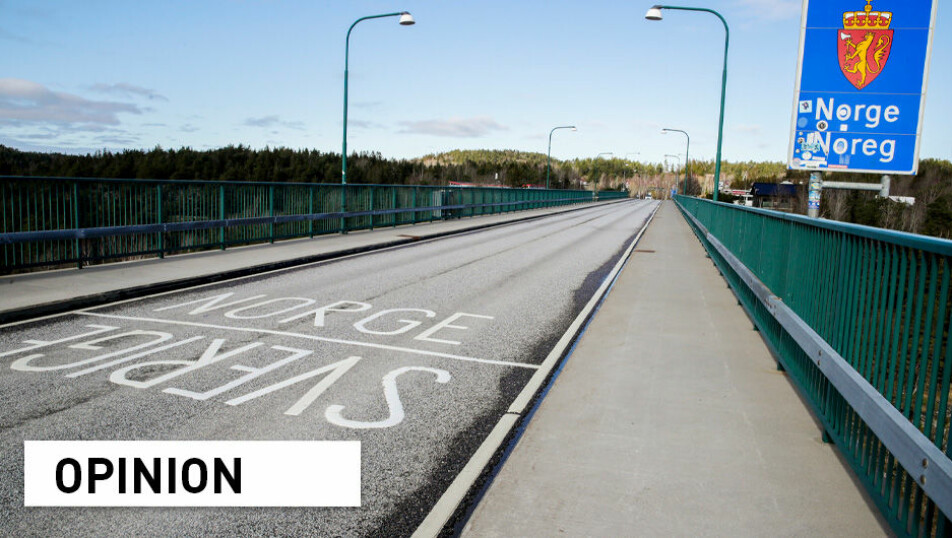
Fewer people than expected died in Norway last year. The opposite is true in Sweden
Sweden recorded nearly 7000 more deaths than under normal circumstances during the pandemic year of 2020.
Two neighbouring countries, Norway and Sweden, chose two different ways of handling the corona pandemic.
When the virus hit the Nordic countries in February and March last year, Norway implemented a hard lockdown and closed even kindergartens and schools for six weeks. Measures continued to be strict also after this, with several local lockdowns. Eventually face masks were made mandatory.
Sweden, on the other hand, has relied on people choosing to do the right thing in terms of infection control. They kept larger parts of society open.
Some have claimed that the differences between the two strategies were not so great.
But one verdict is in: Sweden had an excess mortality of 6,8 per cent in 2020. In Norway the number of deaths was as expected according to the National Institute of Public Health (NIPH). If we look to the numbers, they were even 0,38% lower than expected.
7000 more deaths than normal
Sweden had a total of 9441 deaths due to Covid-19 in 2020. The corresponding figure for Norway was 412.
“By comparing the trend in death rates between 2010 and 2019, there were nearly 7000 more deaths than expected in Sweden,” the NIPH writes in a press release.
In both Norway and Sweden there were fewer deaths than expected from respiratory tract infections in 2020 – most likely as a result of Covid-19 measures. In Sweden the decline in these deaths is likely also due to the fact that some of those who would have died from respiratory tract infections died due to Covid-19 instead, the NIPH writes.
“Other than that, it doesn’t look like the pandemic nor the infection measure controls have affected other great causes of death in any significant manner,” the press release states.
Was it the wrong strategy?
Sciencenorway.no has written a number of stories on the differences between the handling of the pandemic in the two neighbouring countries.
Norway has had to protect itself from Sweden, and closed the border between the two countries for the fist time since 1954. Researcher Therese Sefton said that she believes the Swedes feel so superior that they will never admit that they have made a mistake in dealing with the coronavirus crisis.
“Seen from outside the country, Swedish decision-makers are widely considered to have taken a passive, and sometimes callous, approach to dealing with the crisis, allowing the virus to spread unchecked with the goal of achieving herd immunity,” Sefton and collegues wrote in an opinin piece last year.
Frode Forland, Specialist Director for Infectious Diseases and Global Health at the Norwegian Institute of Public Health (NIPH), believes that the reason why Sweden was hit so hard by the coronavirus is that they waited too long before they took strict infection control measures.
He has also pointed to the fact that there was no debate in Sweden about the strategy.
“I experienced that the media in Sweden were looking to find arguments that supported the Swedish strategy. They asked me questions that would confirm that the Swedes were right and we in Norway were wrong,” Forland has said to sciencenorway.no.
"Most of us think it was the right approach", the Swedish writer Åsa Linderborg said to sciencenorway.no in March this year.
"But most people probably also think that it’s awful that so many had to die,” she said.



































